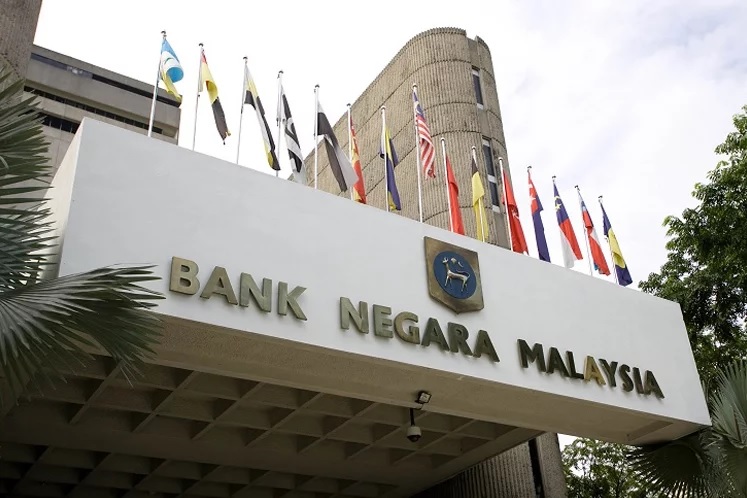BNM cuts OPR by 50bps to 2% amid worldwide pandemic-induced economic disruptions

KUALA LUMPUR (May 5): Bank Negara Malaysia (BNM) has cut its overnight policy rate (OPR) by 50 basis points (bps) to 2%, a level last seen during the 2008-09 global financial crisis.
In a statement issued after its Monetary Policy Committee meeting today, BNM said the ceiling and floor rates for the OPR have been reduced to 2.25% and 1.75% respectively.
The central bank noted that with this latest cut, the OPR has been reduced by a total of 100bps since the start of the year, complementing the other monetary and financial measures it made, as well as fiscal measures announced this year.
BNM had cut the OPR by 25bps to 2.75% in January, before making another 25bps cut in March to 2.5%.
The last time the central bank made a 50bps rate cut to 2% was on Feb 24, 2009.
BNM noted that global economic conditions have weakened significantly, with measures to contain Covid-19 causing economic disruption worldwide.
“Recent indicators show that the global economy is already contracting, with global growth projected to be negative for the year. Financial conditions have also tightened amid elevated risk aversion and uncertainty.
“Substantial policy stimuli introduced by many economies, coupled with the gradual easing of containment measures globally, would partially mitigate the economic impact of Covid-19.
“Growth prospects should improve in 2021 with the expected containment of the pandemic,” BNM said.
The central bank said widespread containment measures implemented globally, coupled with international border closures and the following weak external demand, will exert a larger drag on Malaysia’s domestic economic activity.
It noted that the Movement Control Order (MCO) while necessary to contain the spread of the virus has also constrained production capacity and spending.
Both labour market conditions and economic conditions are expected to be challenging, BNM said, adding however that the fiscal stimulus measures with monetary and financial measures will offer some support to the economy
“With more businesses allowed to operate under the Conditional MCO, economic activity is projected to gradually improve. The outlook for growth continues to be subject to a high degree of uncertainty, particularly with respect to developments surrounding the pandemic,” it said.
The central bank forecasted inflationary pressures to be muted this year, with the average headline inflation to be negative on account of substantially lower global oil prices.
In that sense Malaysia’s economic outlook will be significantly impacted by global oil and commodity prices, on top of constantly shifting demand conditions, it said.
Underlying inflation is expected to be subdued given expectations of weaker domestic growth prospects and labour market conditions.
BNM said Malaysia’s financial sector is sound, with financial institutions operating with strong capital and liquidity buffers.
Liquidity is deemed to be ample at this juncture, further augmented by the central banks’ liquidity injections — with BNM injecting RM42 billion since March in additional liquidity via the outright purchase of government securities, reverse repos and the reduction in the Statutory Reserve Requirement.
BNM added that it is ready to provide liquidity in the interbank market to ensure orderly market conditions, which are conducive to support financial intermediation activity.
“The Monetary Policy Committee will continue to monitor the outlook for domestic growth and inflation. The bank will utilise its policy levers as appropriate to create enabling conditions for a sustainable economic recovery,” it said.
Stay safe. Keep updated on the latest news at www.EdgeProp.my
Click here to see residential properties for sale in Putrajaya.
Never miss out
Sign up to get breaking news, unique insights, event invites and more from EdgeProp.
Latest publications
Malaysia's Most
Loved Property App
The only property app you need. More than 200,000 sale/rent listings and daily property news.
